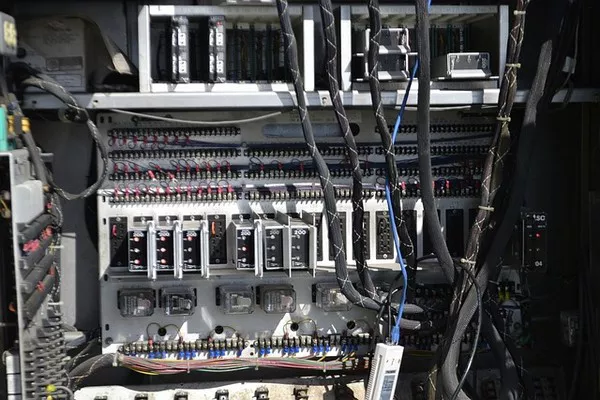In today’s technologically advanced world, electrical equipment is an integral part of various industries and workplaces. From office spaces to manufacturing plants, the reliance on electrical devices is undeniable. While these tools enhance efficiency and productivity, they also pose potential risks if not handled with care. To ensure a safe working environment, it is crucial for individuals to understand and adhere to proper safety measures when using electrical equipment.
Understanding Electrical Hazards
Before delving into safety protocols, it’s essential to comprehend the potential hazards associated with electrical equipment. Electric shocks, burns, and fires are common risks that can result from improper handling or faulty equipment. To mitigate these dangers, individuals must be aware of the specific risks associated with different types of electrical devices.
Proper Training and Education
One of the foundational pillars of electrical safety is adequate training and education. Employers should ensure that employees using electrical equipment have undergone thorough training programs. This training should cover the basics of electricity, the specific features of the equipment in use, and the correct procedures for handling and maintenance.
Regular Equipment Inspections and Maintenance
Regular inspections and maintenance are paramount in preventing electrical accidents. Equipment should be inspected before each use to identify any visible damages or defects. In addition, a periodic maintenance schedule should be established to address wear and tear, ensuring that electrical devices remain in optimal working condition.
Adhering to Manufacturer Guidelines
Manufacturers provide detailed guidelines and instructions for the safe use of their electrical equipment. It is imperative that users familiarize themselves with these guidelines and strictly adhere to them. These instructions cover a range of aspects, including installation procedures, operational guidelines, and maintenance requirements. Ignoring or neglecting these guidelines can lead to accidents and compromise safety.
Proper Storage and Handling
How electrical equipment is stored and handled can significantly impact its safety. When not in use, devices should be stored in designated areas away from moisture, extreme temperatures, and potential physical damage. Cables and wires should be neatly organized and kept clear of walkways to prevent tripping hazards.
Use of Personal Protective Equipment (PPE)
Personal Protective Equipment plays a crucial role in minimizing the risks associated with electrical work. Depending on the nature of the task, individuals may need to wear insulated gloves, safety glasses, or flame-resistant clothing. Employers should provide appropriate PPE and ensure that employees understand when and how to use it effectively.
Risk Assessment and Hazard Identification
Conducting a thorough risk assessment is an integral part of ensuring electrical safety. Identifying potential hazards in the workplace allows for the implementation of targeted safety measures. This assessment should include an analysis of the electrical systems in place, the condition of equipment, and the specific tasks being performed.
Emergency Preparedness and Response
Despite all precautions, emergencies can still occur. Establishing clear emergency procedures and ensuring that all personnel are familiar with them is essential. This includes knowing the location of emergency exits, fire extinguishers, and first aid kits. Regular drills and training sessions can help reinforce these protocols.
Avoiding Overloads and Circuit Overheating
Overloading electrical circuits is a common cause of equipment malfunctions and fires. Users should be aware of the electrical load capacity of outlets and circuits and avoid connecting too many devices to a single outlet. Additionally, regular checks should be conducted to identify signs of overheating, such as unusual smells or discoloration.
Safe Work Practices
Encouraging safe work practices is an ongoing process that involves fostering a safety-conscious culture within the workplace. This includes promoting a mindset of caution, emphasizing the importance of reporting potential hazards, and recognizing and rewarding employees for adhering to safety protocols.
Conclusion
Electrical equipment is a cornerstone of modern workplaces, driving efficiency and productivity. However, the potential risks associated with its use demand a vigilant approach to safety. By understanding the hazards, providing adequate training, following manufacturer guidelines, and implementing comprehensive safety measures, individuals can contribute to a secure working environment where the benefits of electrical equipment can be harnessed without compromising well-being. Always remember: Safety is not just a priority; it’s a culture that every workplace should embrace.

